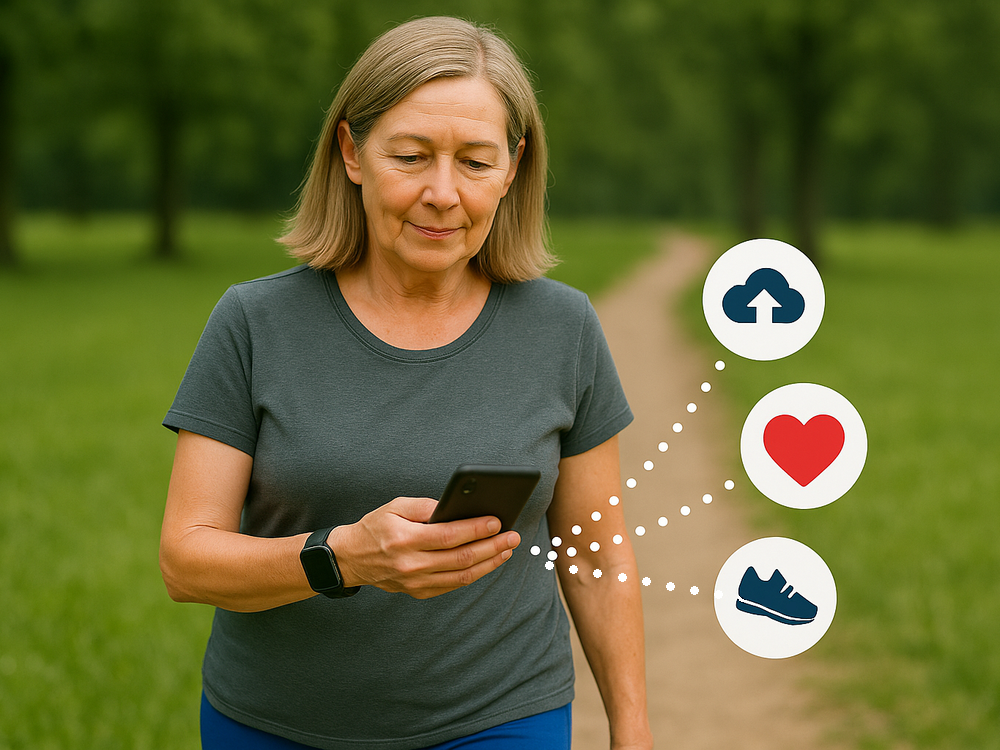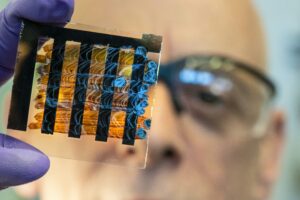
In a groundbreaking study, researchers have explored the potential of data donation as a method to accurately measure physical activity (PA) among older adults. This innovative approach leverages the data-collecting capabilities of smartphones and health apps, providing a promising alternative to traditional methods that often rely on self-reports and questionnaires.
Engagement in physical activity is crucial for maintaining a healthy lifestyle, particularly for aging populations. However, accurately measuring PA has been a persistent challenge for researchers. Traditional methods, such as self-reports and standardized questionnaires, are prone to errors and biases, often resulting in inaccurate data. The advent of wearable technology and data donation offers a new avenue for researchers to obtain more reliable data.
Traditional Methods and Their Limitations
Historically, researchers have relied on self-reported data to measure physical activity. Instruments like the International Physical Activity Questionnaire have been widely used, but they are not without flaws. These methods are susceptible to errors due to social desirability, memory lapses, and misclassification of activities. For example, activities like walking a dog might not be considered as physical activity in some surveys.
To address these issues, some researchers have turned to diary methods, where participants document their activities in real-time. While this approach can provide more accurate data, it is also burdensome for participants, leading to fatigue and high dropout rates. The emergence of wearable technology, such as accelerometers and fitness trackers, offers a more passive and potentially accurate way to measure physical activity. However, these devices come with their own set of challenges, including high costs and issues with participant compliance.
The Promise of Data Donation
Data donation emerges as a viable alternative, particularly for older adults. This method involves participants voluntarily sharing data that has already been collected by their devices, such as smartphones and health apps. The approach is bolstered by recent legislative changes, like the European Union’s General Data Protection Regulation, which grants individuals the right to access and share their personal data.
By asking participants to donate their Data Download Packages (DDPs) from smartphone apps, researchers can bypass the restrictive access imposed by data-controlling platforms. This user-centered approach not only broadens the demographic pool from which data can be collected but also empowers participants by giving them control over what data is shared.
Participation Rates and Challenges
Despite the potential benefits, data donation is not without its challenges. Studies have shown that while many individuals express willingness to donate their data, a significantly smaller proportion actually follow through. For instance, a study with Dutch smartphone and fitness tracker owners found that willingness to upload data varied between 33% and 49%, depending on the device used.
“In a study with 913 German Facebook users, 79% reported willingness to donate, but only 38% provided data.”
These discrepancies highlight the need for researchers to provide clear guidance and support, particularly for less tech-savvy participants. Factors such as perceived ease of use, trustworthiness, and the usefulness of the data donation process play crucial roles in determining participation rates.
Implications and Future Directions
The adoption of data donation for measuring PA among older adults holds significant implications for both research and public policy. By providing more accurate and comprehensive data, this method can inform targeted interventions and policies aimed at promoting physical activity among aging populations.
However, researchers must remain cognizant of potential biases. The study found that participants who donated data tended to report better health and higher levels of physical activity, indicating a “healthy donor bias.” Addressing these biases will be crucial for ensuring the validity and generalizability of the findings.
Looking ahead, further research is needed to optimize the data donation process and explore its application across different populations and settings. As technology continues to evolve, data donation could become an invaluable tool for researchers seeking to understand and improve health outcomes among older adults.
In conclusion, data donation represents a promising frontier in the measurement of physical activity. By harnessing the power of technology and empowering participants, researchers can obtain more accurate and meaningful data, paving the way for healthier aging populations.





